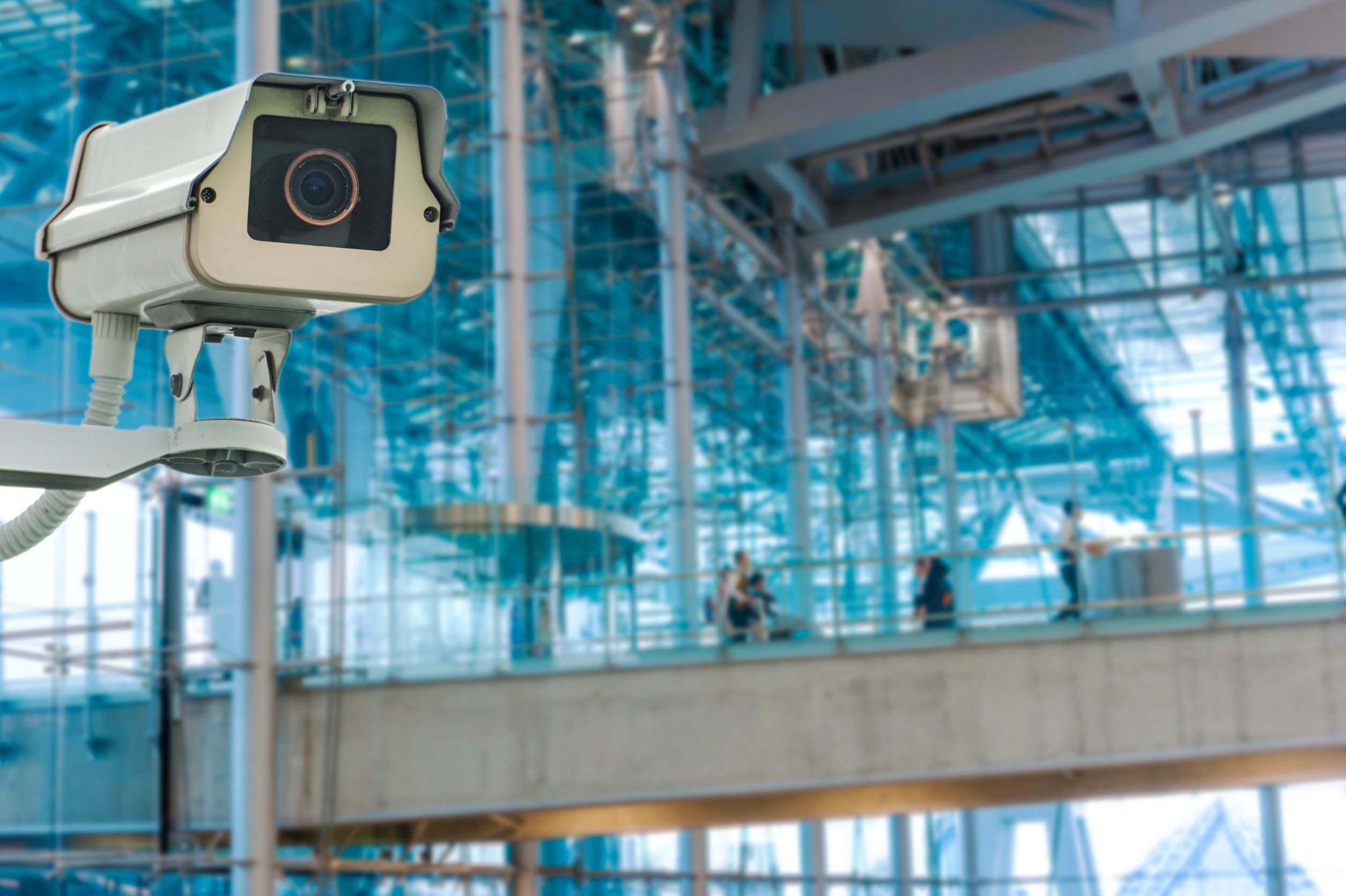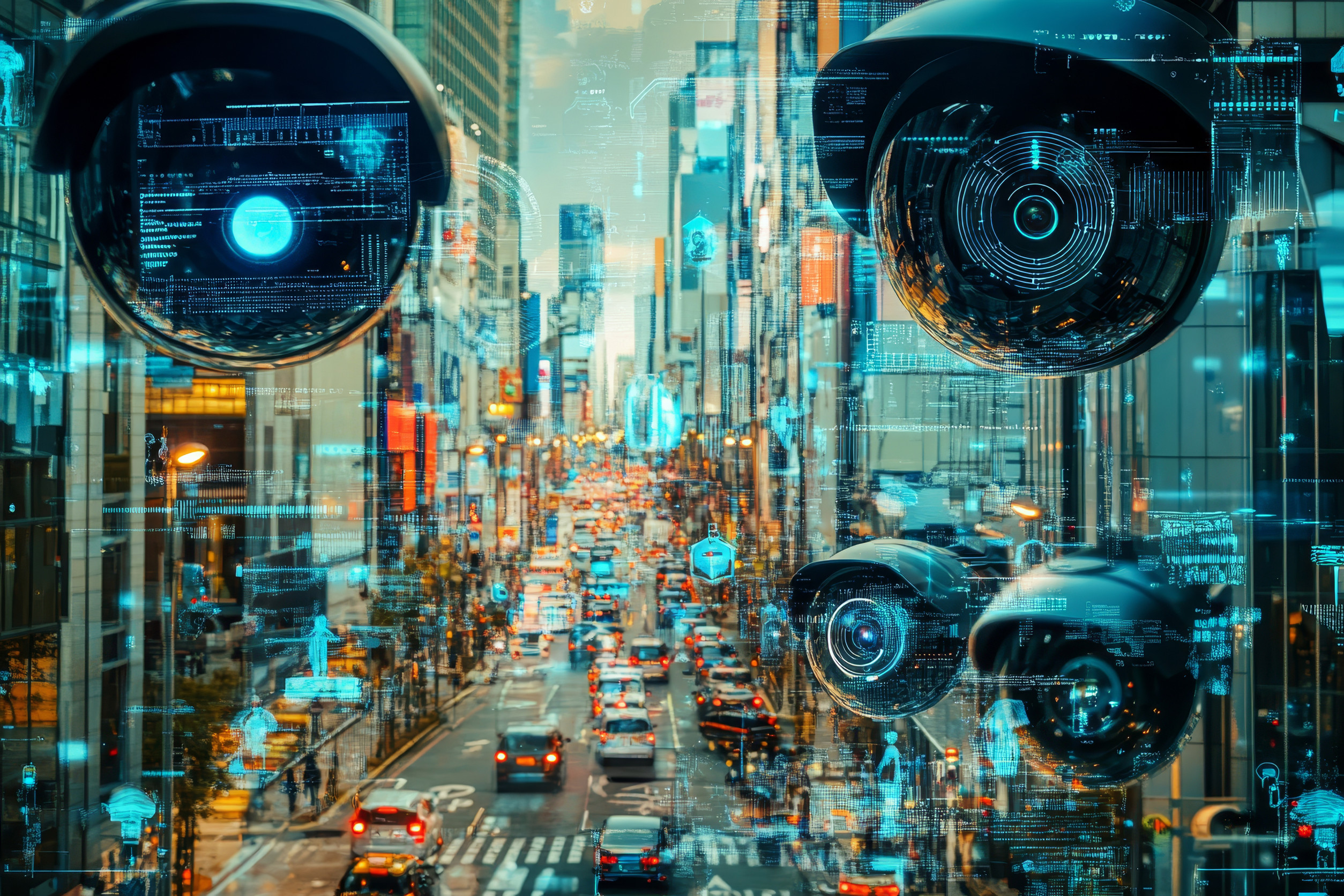In today’s hyper-connected world, security has become a buzzword that commands attention, investment, and blind trust. From biometric locks to AI-powered surveillance systems, modern safety innovations promise to shield people from every imaginable threat.
Companies pour billions into the latest technologies, while individuals embrace tools that monitor, restrict, and protect with near-total control. But for all the benefits these systems bring, there’s a quieter side to the security conversation—one that’s not as widely discussed. Advanced security, in its effort to eliminate risk, can sometimes introduce a new set of dangers that are easy to overlook.
The Overlooked, Hidden Cost of Total Safety & Protection
Advanced security is often treated as a silver bullet, offering the illusion of invulnerability. But absolute safety is a myth, and chasing it without caution can backfire. When safety systems become too restrictive or invasive, they can quietly erode freedoms, create new vulnerabilities, and foster a dangerous overreliance on automation.
These unintended consequences often go unnoticed until it’s too late. Recognizing the hidden risks is just as important as investing in the right technology.
Loss of Privacy Through Over-Surveillance
Modern surveillance tools track, store, and analyze data with incredible precision. In the name of safety, institutions can now monitor everything from facial expressions to shopping habits. While these measures might reduce certain risks, they also sacrifice personal privacy in deeply unsettling ways. When individuals are constantly watched, a chilling effect on behavior can take root—stifling freedom of expression and creating an atmosphere of quiet compliance. Over time, the line between safety and surveillance state begins to blur.
Overreliance on Technology and Automation
High-tech security systems, while impressive, can promote a dangerous dependency. When people lean too heavily on automated tools—like biometric scanners, AI threat detection, or smart locks—they risk losing the ability to respond effectively in unexpected situations.
Technical failures, cyberattacks, or even simple human error can render these systems useless. In such moments, the lack of human judgment or manual backup can lead to confusion, delays, or even disaster. The more advanced the technology, the greater the consequences when it breaks down.
Reduced Human Judgment and Critical Thinking
As security tools become more intelligent, people can be tempted to defer all decision-making to algorithms. AI systems that flag suspicious behavior or restrict access can act with incredible speed—but not always with nuance. This can result in false positives, wrongful detentions, or unjust profiling based on incomplete data.
When critical thinking is replaced by unquestioning acceptance of what the system says, the human element of safety—context, empathy, and reasoning—is lost. The outcome is a world that feels safer but is far less just.
Psychological Impact of Constant Monitoring
Living under continuous surveillance doesn’t just affect privacy—it reshapes mental health. People who know they are being watched often experience higher levels of stress, anxiety, and paranoia. Children raised in overly monitored environments may grow up less independent and more fearful. In workplaces, tight security can reduce morale, erode trust, and foster a culture of suspicion rather than collaboration. In the quest to prevent harm, too much monitoring can unintentionally cause emotional damage.
Security Theater and the Illusion of Safety
Sometimes, security measures are more about optics than effectiveness. Visible features like armed guards, metal detectors, or overly complex authentication systems can create a false sense of security. These measures might deter casual threats but are often ineffective against real, determined adversaries. Worse, they can divert attention and resources away from more meaningful protections. In these scenarios, what’s being offered isn’t actual safety—it’s a performance meant to reassure rather than protect.
Locking People Out Instead of Letting Them In
Advanced security can inadvertently create barriers that exclude rather than protect. Overly complex systems can prevent access to those without the right credentials, technical knowledge, or tools. Elderly users, people with disabilities, or individuals in emergencies may find themselves trapped outside vital systems. Instead of serving everyone, security features can privilege the tech-savvy few while neglecting the vulnerable. In prioritizing control, some security systems forget their most basic purpose—ensuring access to those who need it most.
Security Is Important, But Smart Security Is Even More Vital
Security is essential—but it’s not immune to overreach. As new technologies emerge, the temptation to over-secure every corner of life grows stronger. Yet, without thoughtful oversight and a focus on balance, these advancements can create risks as significant as the threats they aim to neutralize.
Safety should empower, not imprison. If this topic resonates, feel free to share your thoughts or add a comment—what security trade-offs have you noticed in your world?
Read More
5 Dangerous Myths About Personal Safety Everyone Needs to Stop Believing
6 Reasons Your Old Home Windows Are A Security Risk


